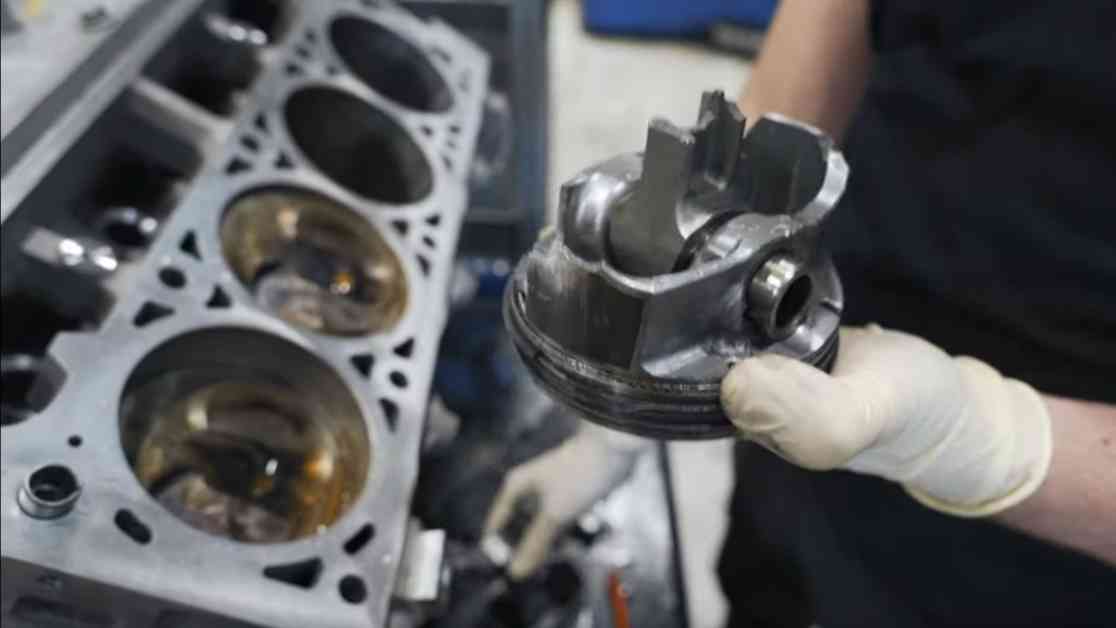A Fresh Look at Cadillac Escalade’s Engine Failure
A recent incident involving a 6.2-liter GM V8 engine has caught the attention of many, as this particular engine gave out after a mere four miles on the road. The team at Dave’s Auto Center decided to investigate further, providing an in-depth look at the failing L87 V8 engine on their YouTube channel. With a sense of curiosity and determination, they aimed to uncover the root cause behind the premature demise of an engine that had barely seen the light of day outside the factory.
The L87 engine in question made its way to Dave’s Auto Center through a GM buyback program. Initially powering a 2023 Cadillac Escalade, this engine faced an untimely fate, unlike the typical lifter failures that have plagued similar models. Instead, technicians discovered that a connecting rod failure was the culprit, a significant issue that surfaced early in the dismantling process as a piece of the rod came loose while removing the main harmonic balancer.
Unveiling Assembly Defects
Connecting rod failures have been a common complaint among GM V8 engine owners, with reports of premature malfunctions reaching the National Highway Traffic Safety Administration (NHTSA). In this particular case, the prevailing theory suggests that a poorly installed wrist pin led to the failure of the rod—an oversight during the assembly process that constitutes a severe defect. As the teardown progressed, a closer examination of the push rods revealed no major damage, while the lifters seemed to be in good condition.
The Ongoing Repair Backlog
The 2023 Escalade that housed this ill-fated engine was repurchased by GM, adding to the growing list of vehicles affected by engine issues that have strained the repair process. With Chevy, GMC, and Cadillac owners nationwide facing delays in accessing their trucks, the situation has become increasingly challenging. While many of these engines are still covered under warranty due to their relatively new models, the scarcity of replacement parts has left customers and dealers in a frustrating predicament. Amidst this chaos, GM has assured customers that the 2025 models are equipped with a “new engine assembly” to prevent similar issues from arising.
As the automotive community grapples with these ongoing challenges, it is crucial for owners to remain vigilant and report any unusual occurrences with their vehicles. By sharing valuable tips and insights, such as those sent to tips@thedrive.com, individuals can contribute to a broader understanding of these issues and potentially help prevent future engine failures.
In conclusion, the premature failure of the 6.2-liter GM V8 engine serves as a stark reminder of the complexities involved in automotive manufacturing and the importance of quality control. By shedding light on such incidents, we not only gain valuable insights into the inner workings of these engines but also highlight the need for continuous improvement and accountability within the industry.










